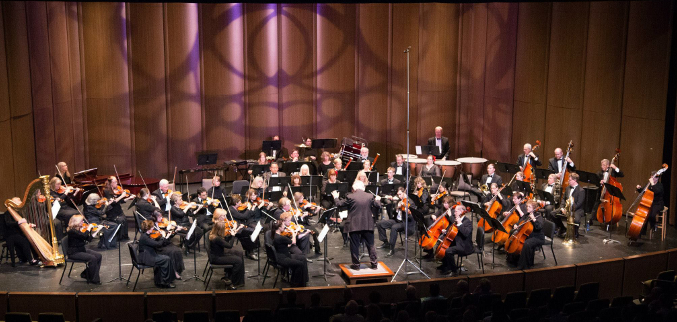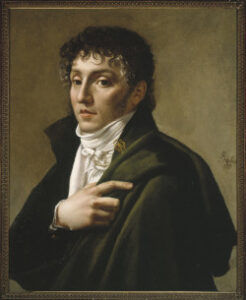
Even if you’re not a classical music fan, you’ve probably heard a symphony or two. You may not know the names or composers, but symphonies have been featured in everything from commercials to cartoons and they are a staple in classical music.
The Symphony Defined
There are two ways to define symphony. One definition refers to a symphony orchestra, a group of musicians who perform symphonies among other works. If a friend says, “I went to the symphony last night,” they mean they went to hear an orchestra.
A symphony is also a musical work, and a great one at that. It has multiple parts called movements separated by a brief pause. The audience does not applaud between movements. One basic format is a brisk and lively first movement followed by a slow and lyrical second movement, a dancing third movement, and a virtuosic finale. There are many variations on this, however. The form has been around for more than 300 years, but it has evolved greatly over the centuries. While symphonies in the 1700’s held to a more standardized format, those of the 1800’s and beyond began to include non-traditional elements like soloists and choruses. They can also vary in the number movements. Many symphonies have 4 movements. Some have 3.
The Symphony Today
What does all of this mean for you, the listener? It means that symphonies offer something for everyone. They have a variety of tempos and styles that naturally keep you engaged. In just one piece, you can be whipped into a frenzy by a robust motif, whisked away by a lyrical melody, and inspired and amazed by a grand theme. Symphonies are actually a journey. Like a book with chapters or a play with acts, the symphony takes you through very different parts that all combine to create a satisfying whole.
Symphonies are also incredibly listenable. They offer a way to escape the everyday. They evoke images and inspire emotions. They reveal the depths of the composers’ musical thinking without telling you what to think. They give you the freedom the feel and think whatever you want based on what you are hearing.
Examples Of Great Symphonies
Since the 18th century, many composers, certainly most of the famous names, have written at least one symphony. Beethoven, Schubert, and Dvorak wrote 9. Haydn wrote no fewer than 107. Below is a list of some well-known and beloved works.
Dvořák – Symphony No. 9 (‘From The New World’)
Mendelssohn – Symphony No. 4 (‘Italian’)
Beethoven – Symphony No. 9 (‘Choral’)
Saint Saëns – Symphony No. 3 (‘Organ’)




